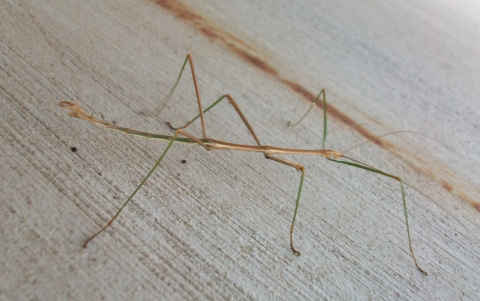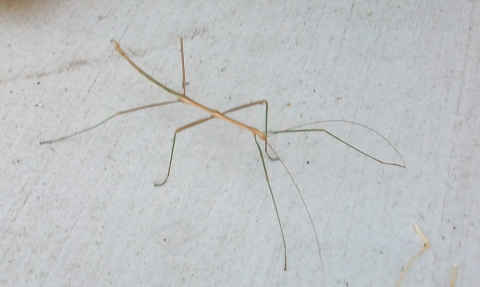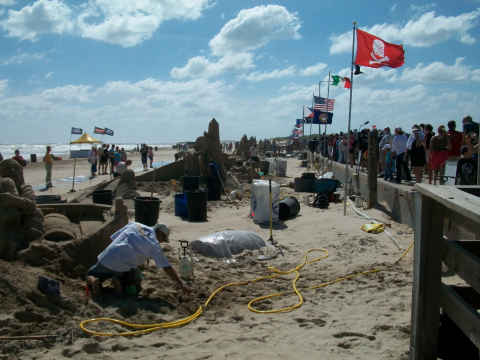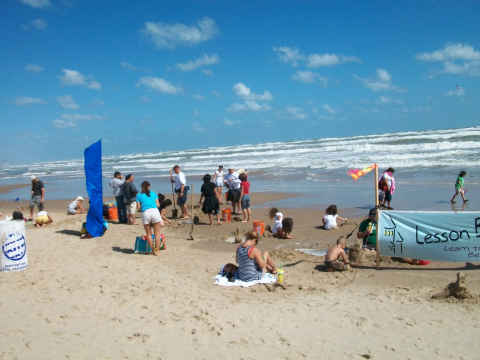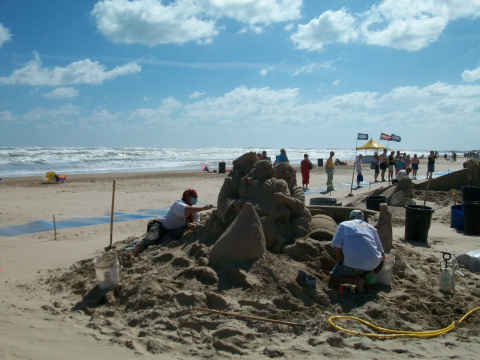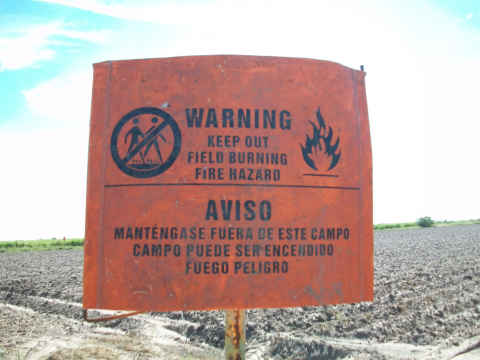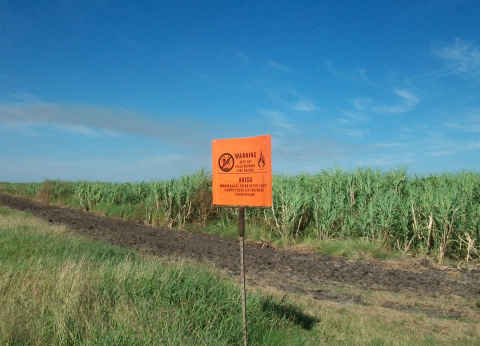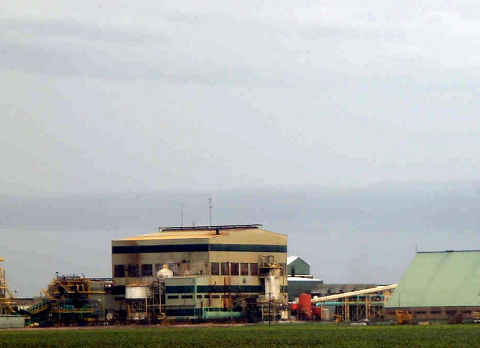For the past year or so we have had a little problem with our Dodge 3500. Other Dodge owners may be familiar with the symptoms.
When driving along, without the 5th wheel and when under no load, we experienced a hunt for gears between 42 and 50 mph. This is the point where the automatic transmission should shift to overdrive. There is a constant shift into and out of overdrive. It is very frustrating and forces us to downshift or disengage the overdrive.
In July, 2008, we had our torque converter changed to solve a problem of “flaring” between 1st and 2nd gears. This is when you get a sense of the transmission revving up slightly prior to shifting. This experience was listed on an earlier blog entry, click here.
Our hopes, at that time, were that our “gear hunting” had been solved by the new torque converter because the problem went away. These hopes were dashed a month later when the symptoms returned.
Dodge service managers have told me that they are aware of the problem and that they have no real fix for this problem. I’m told that it only happens to a small percentage of vehicles. They said that sometimes the replacement of the speed sensor, accelerator sensor, or computer (or combination of these components) have fixed the issue, but not always was it a permanent fix. The service personnel told me that the computer was getting a faulty signal from a sensor that confusing the shifting logic.
I had noticed that following various service events, the problem would vanish for a week or a month. It occurred to me that these events were somehow resetting the computer by disconnecting power to it.
We have two batteries in our diesel pickup and I tried removing both negative leads from the batteries and then hooking them back up. Bingo, the problem vanished for a few weeks.
I thought of developing a circuit to cut the power to the computer for a few seconds following engine shut-off. The concept will require a little more research for both practicality and whether there is a market for it.
Here’s the solution that I settled on for now. Since it is a nuisance, and sometimes inconvenient, to take the battery cables off, I opted for a battery disconnect switch as a vehicle for resetting the computer.
To the rescue came one of our affiliates, JC Whitney. I chose the cheapest disconnect switch that I could find, product # 16122G which is sold for $10.99 each.

The installation took less than 5 minutes per battery. The switches were added a week and a half ago and the problem vanished and hasn’t yet returned.

When necessary, all that is necessary is to unscrew the green knobs on both batteries and then screw them back on. Details will be added as our experience grows.
By the way, if you frequent any of the advertisers shown in the right hand column, wed appreciate it if you would link to them through our site.
Thank you.

